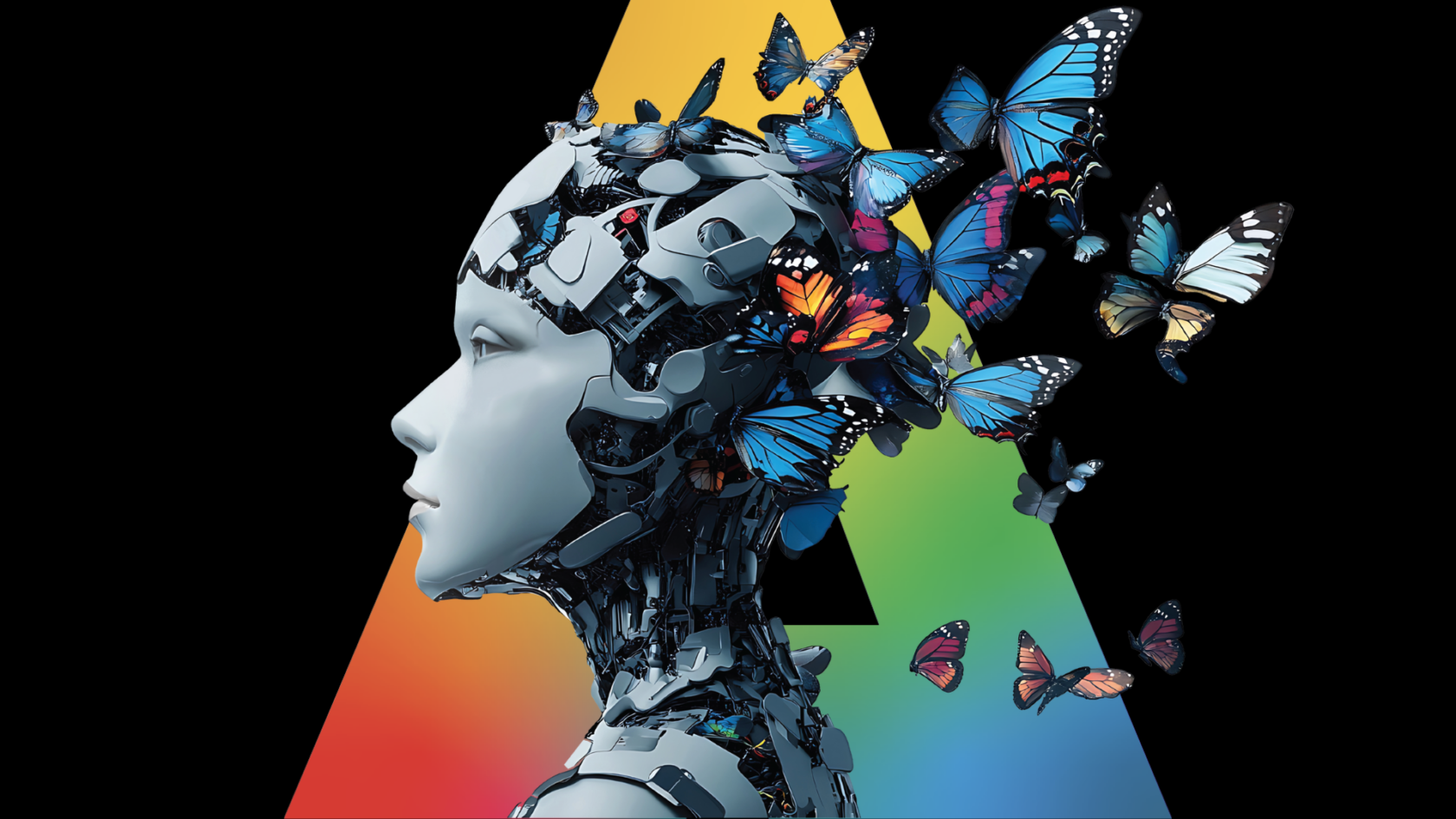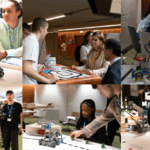The recent COVID-19 crisis has reignited an intense discussion about rapidly deploying driverless cars.
Indeed, some think that leveraging driverless platforms for on-demand mobility, like riding with Uber and Lyft, could substantially reduce the risk of virus infection to drivers.
While driver health would likely benefit in the short term from such operations, there are long-term job loss considerations, as well as likely increased risk to passengers due to possible transmission from previous passenger contamination.
Autonomous food deliveries
While passenger transportation is not a strong use case for driverless technologies in the time of a pandemic, there is possibly significant benefit in using these technologies for supply and food delivery.
Companies like Udelv and Nuro are rolling out vehicles that, in theory, can transport supplies and food autonomously, thus removing the need for human transport cargo. However, humans are still required to load and unload the vehicles, and such operations therefore shift the potential risk of virus infection to staff and customers.
Given the need for personalized, contact-free delivery services during a pandemic, such technology solutions seem almost idyllic, and they do hold great promise. However, they are still far from mature, and the desire to rapidly deploy such technologies should not circumvent the need for principled and thorough vehicle testing.
Given the need for personalized contact-free delivery services during a pandemic, such technology solutions seem almost idyllic… However, they are still far from mature.
The 2018 death of a pedestrian by an Uber driverless car in the US demonstrated that sensors struggle, even in nearly ideal conditions, to detect pedestrians.
In February of this year, the US National Highway Traffic Safety Administration (NHTSA) suspended EasyMile’s right to carry passengers in its self-driving shuttles in 10 States, while NHTSA performed its review. This step was taken because one of the company’s 16 autonomous shuttles, which never exceed 12mph, stopped short at 7mph, leading to the hospitalization of a passenger.
Driverless cars and ‘brittleness’
Such incidents demonstrate that these technologies are still very immature and there are many operational aspects that are not yet fully understood. The artificial intelligence (AI) that underpins the perception systems of driverless cars, i.e., how the cars “see” the world, suffers from the problem of “brittleness”.
Brittleness occurs when an algorithm cannot generalize or adapt to conditions outside a narrow set of assumptions. For example, many natural language AI algorithms are brittle when they can understand a person from New York City, but fail to understand the same sentence from someone who speaks English with a foreign accent.
While this brittleness may be frustrating when attempting to navigate a phone tree, it can be deadly in a system that relies on AI for safety-critical transportation.
Brittleness for driverless car systems includes an inability to cope with changes caused by weather conditions. Lane markings that are partially covered by snow cause problems because the lines no longer match the system’s internal model. Even on sunny days, when a tree branch or other object partially obscures just a traffic sign, what is obvious to a human becomes impossible to interpret for a computer vision algorithm.
The aforementioned pedestrian death occurred because the computer vision system could not decide whether a pedestrian was in its path. The EasyMile shuttle had the opposite problem, in that it saw something that was not there.
Indeed, plastic bags flying through the air can cause an autonomous car to stop short because the car’s perception system cannot reason through this level of uncertainty, which is trivial for a human.
Going forward, we should not throw out the baby with the bath water, but rather recognize that autonomous car perception systems, whether they carry people or cargo, can exhibit unexpected and dangerous behaviors.
Agreeing on a common and public approach to perception, aka vision, testing will both demonstrate just how mature these technologies have become, and also engender trust in such systems.
To that end, the driverless car community should come together to determine what kinds of autonomous car vision tests are needed to ensure such cars are safe enough to operate in public settings. While many communities could benefit greatly from having shuttles autonomously transport goods, if a child were to be seriously hurt or killed by such a vehicle, the entire autonomous transportation community would also suffer.
Agreeing on a common and public approach to perception, aka vision, testing will both demonstrate just how mature these technologies have become, and also engender trust in such systems.

















